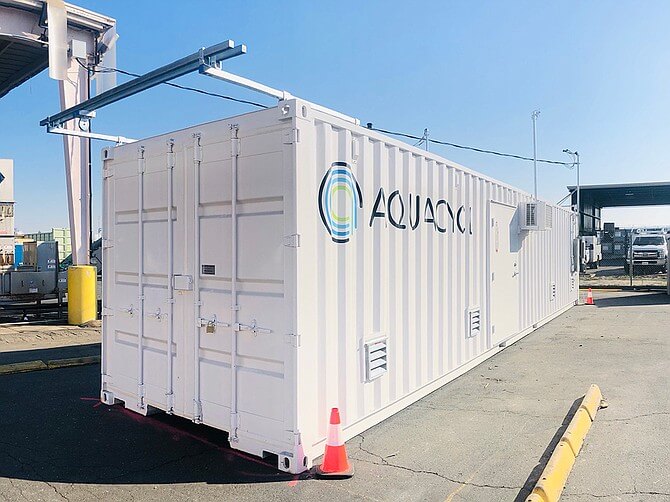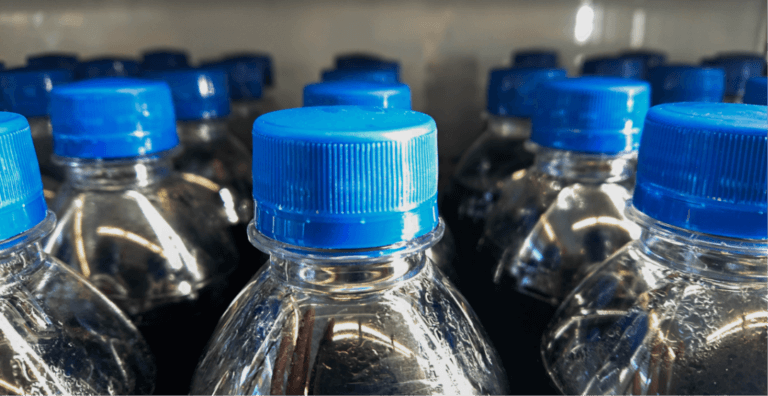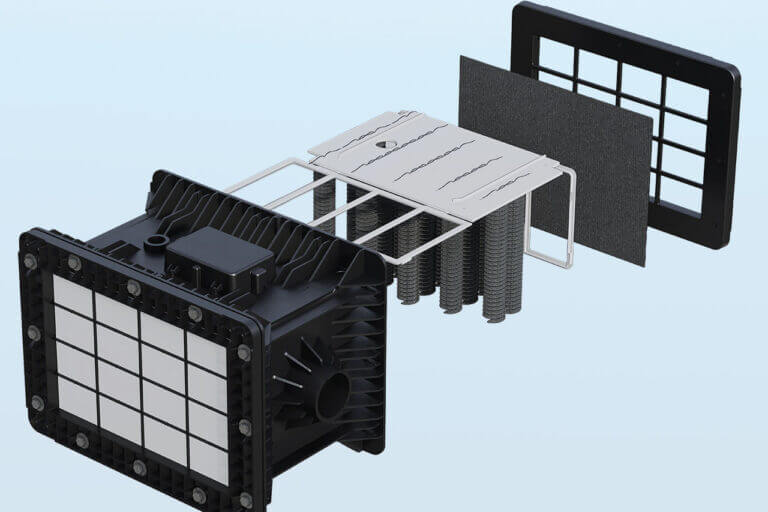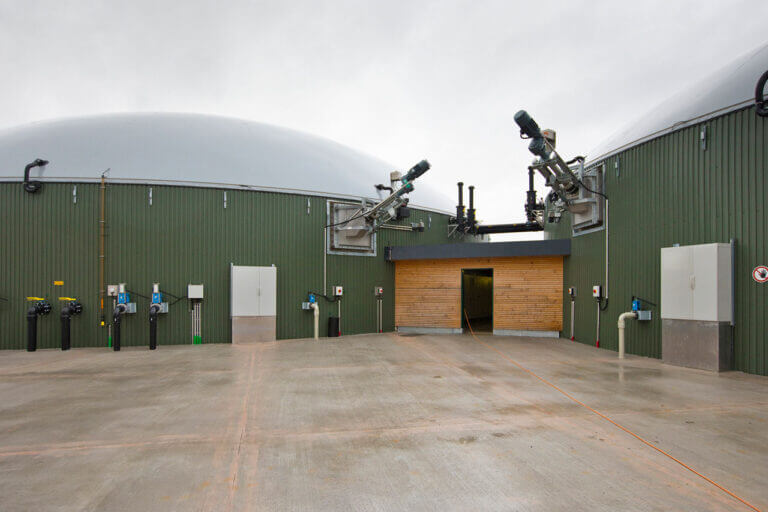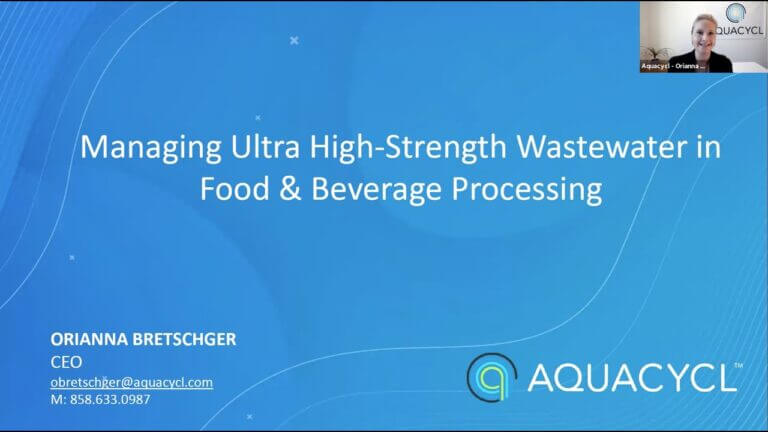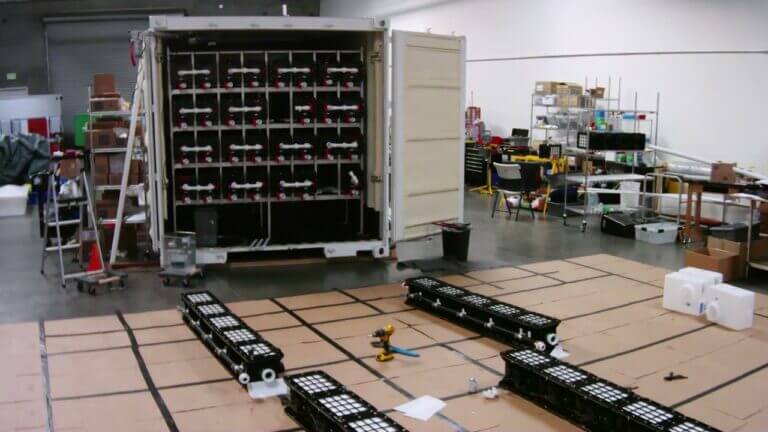Embracing Water Circularity in a Global Water Crisis
Life’s most vital resource, water, is in crisis. With global populations continuing to rise and the effects of climate change becoming increasingly pronounced, water scarcity and preserving water quality are pressing issues.
Yet, in the midst of these challenges lies an opportunity for transformation: the adoption of water circularity principles. Particularly when it comes to wastewater, because truly, there is no water to waste.
As we like to say at Aquacycl, wastewater is a resource, we just need to utilize it as such.
Understanding the Global Water Crisis
The global water crisis is about the availability of fresh water. This means water quantity, water quality, and safe water access are at risk due to, primarily, anthropogenic effects.
According to UNICEF and WHO, 2.2 billion people worldwide lack access to safely managed drinking water, and about 4.2 billion live without safely managed sanitation. These numbers are not just statistics; they represent the daily struggles of individuals and communities and are expected to worsen if current water management practices continue.
There is a growing demand for water as our agricultural and industrial processes expand to support population growth. Inadequate wastewater treatment and management practices lead to deteriorating water quality in our freshwater sources, which further exacerbates scarcity. Aging or non-existent water infrastructure and high energy costs/demands for conventional water treatment creates disproportionate water access around the globe.
Couple the existing access issues with climate change and altered precipitation patterns that decrease groundwater recharge and we have a crisis on our hands.
The Concept of Water Circularity
Water circularity is based on the concept of a circular economy: reusing and upcycling products instead of disposing them in a single use case. Circular systems yield value from waste streams through business innovation, industry collaboration, and behavioral shifts amongst consumers.
Within the natural world, water is an inherently circular resource. The same water we drink today hydrated prehistoric life and irrigated the first crop fields of early civilization. Water circularity is an approach that mimics the natural global water cycle to create a sustainable management system at a local level where every drop of water is used to its fullest potential.
In a traditional, linear water approach, freshwater is taken from the environment, utilized within the economy, and discharged, with or without treatment, back into the environment. Embracing a circular economy for water involves capturing, treating, and reusing water within a closed loop, minimizing waste and reducing the reliance on freshwater sources.
There are three pillars to follow when embracing water circularity:
- Water Reuse: Treating and reusing wastewater for purposes like irrigation, industrial and agricultural processes, and replenishing aquifers, basins and reservoirs.
- Resource Recovery: Extracting nutrients and energy from wastewater. This can include the recovery of phosphorus and nitrogen for fertilizers or the generation of biogas for energy.
- Efficient Water Use: Implementing technologies and practices that reduce water consumption and improve water-use ratios in manufacturing processes.
For businesses to achieve water circularity, they must utilize technologies that treat process water for reuse and reduce overall freshwater consumption in all production processes.
Watch this video to learn more about how water circularity works.
Wastewater as a Resource
The best way to implement water circularity is to view your wastewater and process water as a resource. Wastewater is usually seen as a burden, an undesirable byproduct of our daily lives and business operations that must be handled. But wastewater can be truly valuable if utilized to its full potential.
Wastewater presents an opportunity to solve the global water crisis. By treating and reusing wastewater and process water, water-use ratios in manufacturing can be lowered, overall water quality can be improved, and safe water access can be provided.
For businesses, treating wastewater as a resource rather than a liability offers many advantages from an economic perspective as well as an environmental, social and risk-mitigation perspective.
The Benefits of Embracing Water Circularity
There are numerous benefits to embracing water circularity. You can realize water circularity at different scales including at individual homes, at commercial buildings, at manufacturing facilities, or in a city. Distributed approaches for capture and treatment enable the smaller-scale circularity and advanced technologies enable city-scale circularity.
Despite being a great solution to help combat the global water crisis, water circularity positively impacts business practices and their communities by:
- Enhancing Water Security: Businesses implementing these measures are better equipped to withstand water shortages and mitigate risks in water-stress regions – ensuring continuity of operations and providing the community with greater water security.
- Improving Your Reputation: Now more than ever consumers care about where their products come from and the environmental impact of their purchases. Businesses prioritizing environmental sustainability through water circularity enhance their corporate reputation and can utilize this to promote sustainable business practices and better connect with their customers.
- Providing Economic Efficiency: Water circularity benefits both the planet and businesses by recovering valuable resources from wastewater, such as nutrients, energy, and freshwater. This unlocks new revenue streams, reduces operational costs, and improves overall efficiency.
- Reaching Sustainability Goals: Embracing water circularity provides an avenue for achieving climate and water goals. Good wastewater management can help you lower your Scope 1, 2 and 3 emissions as well as reach water efficiency goals that may be unattainable without circular practices.
Implementing Circular Water Practices
Though the benefits of water circularity are clear, implementing circular practices may appear daunting.
You can start by simply assessing inefficiencies and areas for improvement within your operations through water audits. This will help you gain an understanding of where initial water-use reductions can occur, as well as where water reuse will be most valuable.
From there, you can invest in technologies that will assist in conserving water throughout your processes, such as onsite wastewater treatment. With the proper wastewater treatment technology, your business can reclaim process water for reuse in your operations and recover resources, such as energy, for further value.
A water audit can also identify production process effluents to segregate and treat separately to reduce the total discharge volume and enable more cost-efficient onsite treatment.
Implement continued monitoring of your systems to track water-use ratios and ensure that best water management practices remain in place. This can help your business achieve long-term sustainability and growth.
Finally, to truly embrace circular practices, collaboration and partnerships with stakeholders across the value chain are crucial. These collective efforts accelerate the adoption of circular water practices and drive meaningful change at scale.
A Wastewater Treatment Solution for Water Circularity
Implementing onsite wastewater treatment solutions at manufacturing facilities is among the most readily available options to utilize water circularity in your business.
Aquacycl provides process water and wastewater treatment solutions that can help you achieve the benefits described above. We partner with businesses to provide wastewater treatment as a service; our wastewater experts offer knowledge and assistance to ensure proper wastewater management throughout long-term business growth.
The Aquacycl BETT system offers a cost-effective and energy- and carbon-neutral solution for dealing with high biological oxygen demand (BOD) wastewater often seen in industrial settings. BETT enables onsite wastewater reuse with complementary technologies, allowing you to realize water circularity by utilizing treated process water throughout your processes.
Go to https://aquacycl.com/solutions/applications/onsite-water-reuse-zld/ to see how we help turn your wastewater into a resource.




